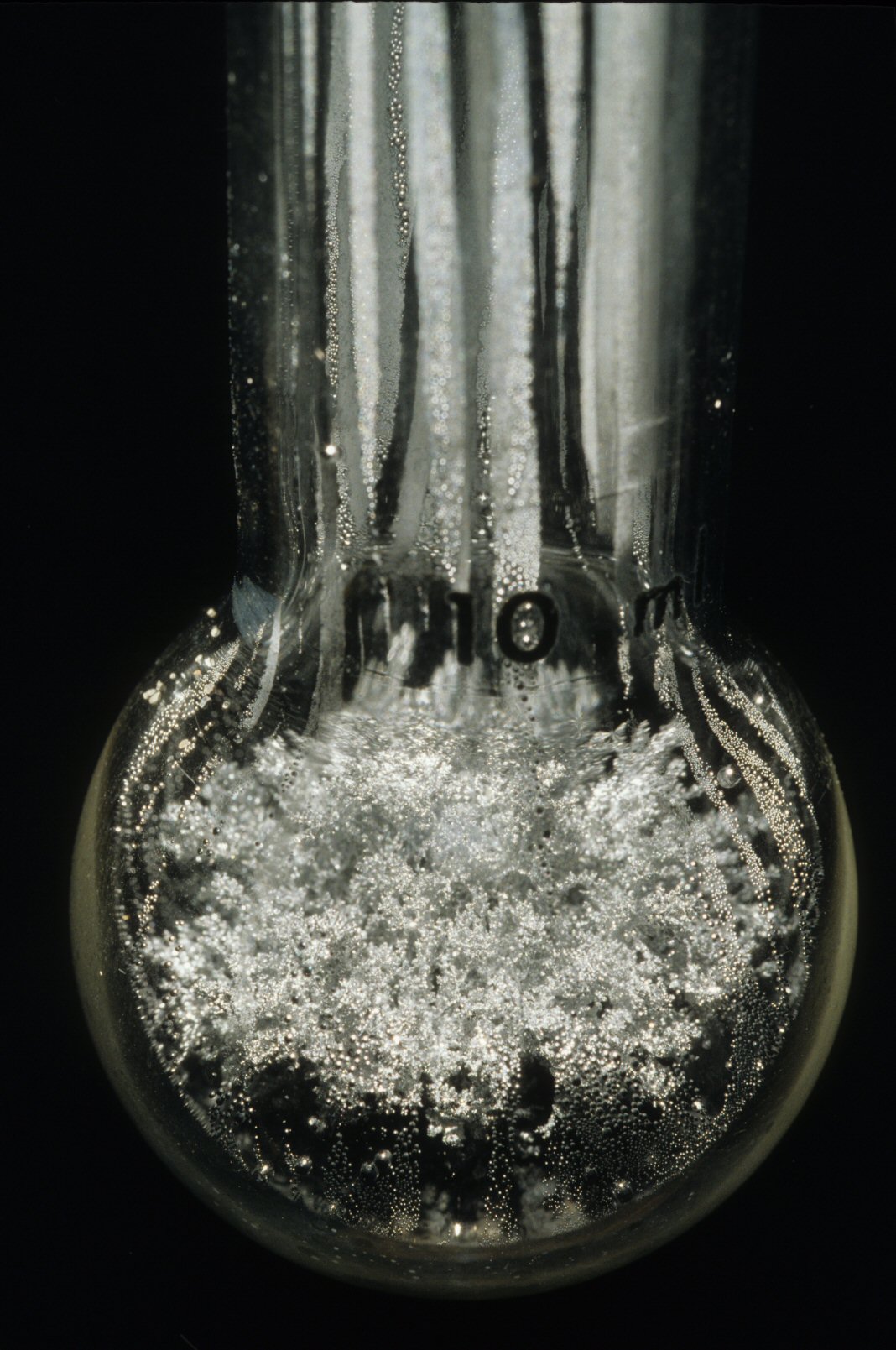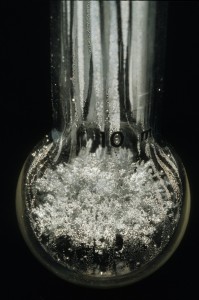Smithsonian Magazine just ran an intriguing article about current scientific reevaluation of the work and significance of mediaeval alchemists. In part it poses:
“…in the 1980s, some revisionist scholars began arguing that alchemists actually made significant contributions to the development of science. Historians of science began deciphering alchemical texts—which wasn’t easy. The alchemists, obsessed with secrecy, deliberately described their experiments in metaphorical terms laden with obscure references to mythology and history. For instance, text that describes a “cold dragon” who “creeps in and out of the caves” was code for saltpeter (potassium nitrate)—a crystalline substance found on cave walls that tastes cool on the tongue.
“This painstaking process of decoding allowed researchers, for the first time, to attempt ambitious alchemical experiments. Lawrence Principe, a chemist and science historian at Johns Hopkins University, cobbled together obscure texts and scraps of 17th-century laboratory notebooks to reconstruct a recipe to grow a “Philosophers’ Tree” from a seed of gold. Supposedly this tree was a precursor to the more celebrated and elusive Philosopher’s Stone, which would be able to transmute metals into gold. The use of gold to make more gold would have seemed entirely logical to alchemists, Principe explains, like using germs of wheat to grow an entire field of wheat.”
Read the entire article here:
Thanks to Soror Hypatia for the tip!


